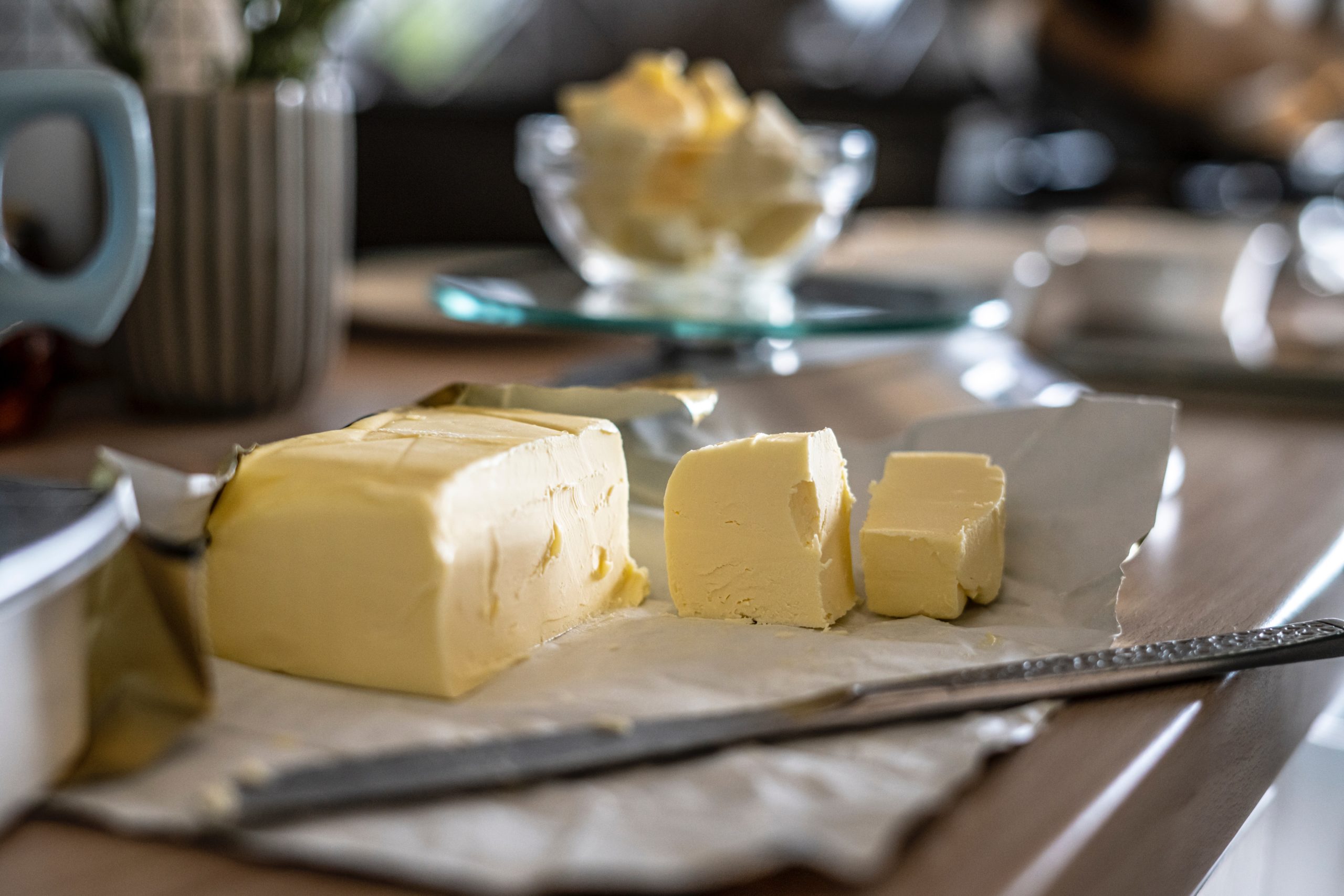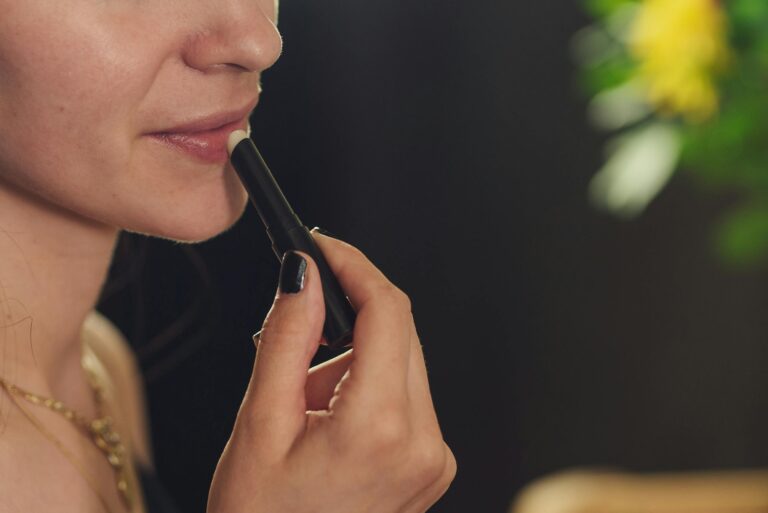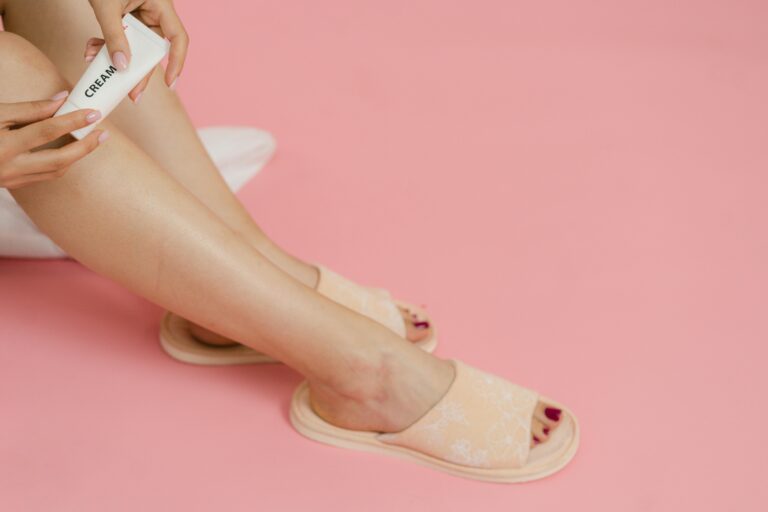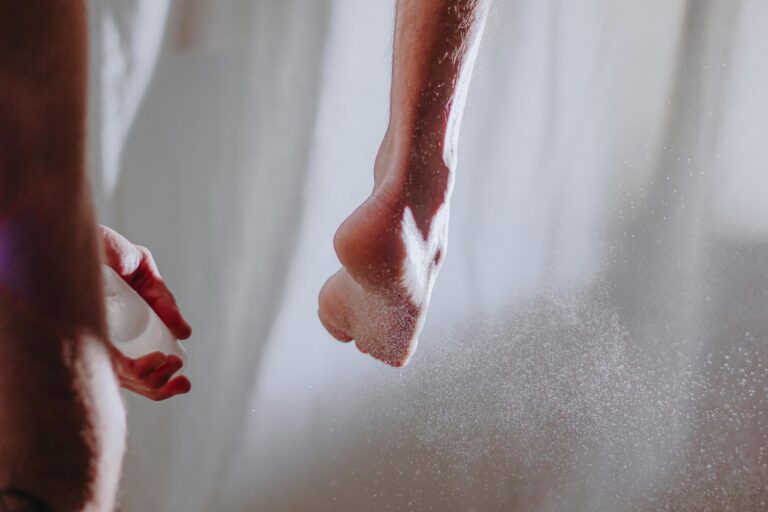Shea butter is a natural and versatile beauty product that has been used for centuries. It is extracted from the nuts of the shea tree, which is found in West and East Africa.
Shea butter is well-known for its nourishing and moisturizing properties and has become a popular ingredient in many skincare and haircare products.
In this article, we will explore the many benefits of shea butter for hair and skin, how to use it, and its potential side effects.
I. Shea Butter for Skin
Moisturizing Properties of Shea Butter
One of the primary benefits of shea butter is its ability to moisturize the skin. Shea butter contains high levels of fatty acids and vitamins that can penetrate the skin and provide long-lasting hydration.
This makes it an excellent ingredient for those with dry or sensitive skin. Shea butter can also help to maintain the skin’s natural moisture barrier and protect it from environmental stressors.
Benefits for Dry and Sensitive Skin
Shea butter effectively treats dry, cracked, or flaky skin. It can soothe irritation and redness caused by conditions such as eczema and psoriasis.
Shea butter can also help to reduce the appearance of stretch marks and scars. Shea butter’s anti-inflammatory properties can also help calm the skin and reduce inflammation.
Anti-Aging Effects of Shea Butter
Shea butter has anti-aging properties that can help to reduce the appearance of fine lines and wrinkles. It contains antioxidants that can help to neutralize free radicals and prevent damage to the skin.
Shea butter can also help stimulate collagen production, improving the skin’s elasticity and firmness.
Protection Against UV Rays
Shea butter contains a small amount of SPF, which can help to protect the skin against harmful UV rays. While shea butter should not be used as a replacement for sunscreen, it can provide some additional protection.
II. Shea Butter for Hair
Nourishing Properties of Shea Butter
Shea butter is an excellent natural conditioner for hair. It can penetrate the hair shaft and provide deep conditioning and hydration. Shea butter can help improve the hair’s overall health, making it stronger and more resilient.
Benefits for Dry and Damaged Hair
Shea butter effectively treats dry, damaged, or brittle hair. It can help to repair split ends and reduce breakage. Shea butter can also help to restore shine and softness to the hair.
Promoting Hair Growth
Shea butter contains vitamins A and E, which can help to promote healthy hair growth. These vitamins can help to strengthen the hair follicles and improve blood circulation to the scalp. Shea butter can also help prevent hair loss by reducing inflammation and improving the scalp’s health.
Protection Against Breakage and Split Ends
Shea butter can help to protect the hair from damage caused by styling tools and environmental stressors. It can create a protective barrier around the hair shaft, preventing breakage and split ends.
III. How to Use Shea Butter for Skin and Hair
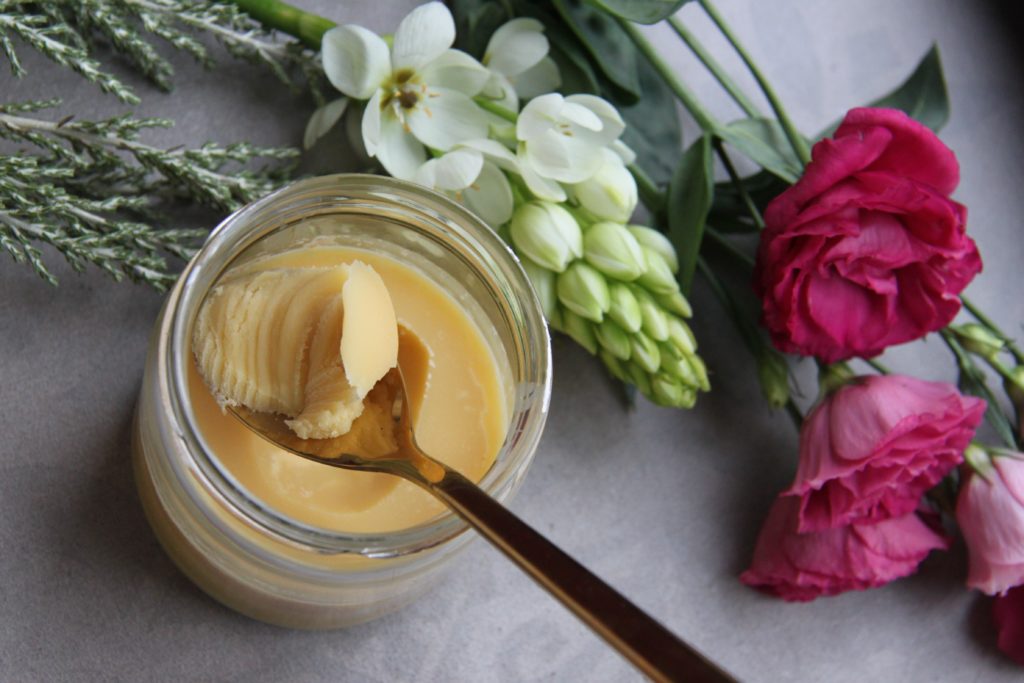
1. Choosing the Right Type of Shea Butter
There are two main types of shea butter: refined and unrefined. Unrefined shea butter is the purest form and contains all-natural nutrients and fatty acids.
Refined shea butter has been processed to remove the scent and color. When choosing shea butter, it is best to choose unrefined, raw, and organic shea butter.
2. Tips for Applying Shea Butter to Skin
To use shea butter on the skin, warm it up between your palms and apply it to clean dry skin. Gently massage the shea butter into the skin until it is fully absorbed. Shea butter can be applied to any area of the body, including the face, hands, and feet.
3. Tips for Using Shea Butter on Hair
To use shea butter on the hair, start by washing and conditioning your hair as usual. Apply a small amount of shea butter to the palms of your hands and rub them together to warm up the butter.
Apply the shea butter to the ends of your hair, working your way up to the roots. Be careful not to use too much shea butter, as this can weigh down the hair.
IV. Other Uses of Shea Butter
- Benefits for Nail and Cuticle Care: Shea butter can moisturize and protect the nails and cuticles. Apply a small amount of shea butter to the nails and cuticles and massage gently until fully absorbed.
- Benefits of Lip Care: Shea butter is an excellent natural lip balm. It can help to moisturize and protect the lips from dryness and chapping. Apply a small amount of shea butter to the lips as needed.
- Benefits for Stretch Marks and Scars: Shea butter can help to reduce the appearance of stretch marks and scars. Apply shea butter to the affected area and massage gently in a circular motion.
V. Potential Side Effects of Shea Butter
- Allergies and Skin Sensitivities: Some people may be allergic to shea butter or may experience skin sensitivities. If you have sensitive skin or a history of allergies, performing a patch test before using shea butter is best.
- Use in Moderation and Patch Testing: While shea butter is generally safe for most people, it is important to use it in moderation. Using too much shea butter can clog pores and cause breakouts. It is also important to perform a patch test before using shea butter, especially if you have sensitive skin.
Conclusion
Shea butter is a natural and versatile beauty product with many benefits for hair and skin. It can moisturize and protect the skin, reduce the appearance of fine lines and wrinkles, and promote healthy hair growth.
Shea butter is easy to use and can be incorporated into your daily beauty routine. While shea butter is generally safe, it is important to use it in moderation and perform a patch test before use.
FAQs
1. Is shea butter safe to use on sensitive skin?
Shea butter is generally safe for most people, but those with sensitive skin or a history of allergies should perform a patch test before use.
2. Can shea butter be used on all skin types?
Yes, shea butter can be used on all skin types, but it is especially beneficial for dry or sensitive skin.
3. How often should I use shea butter on my hair?
It is best to use shea butter on your hair once or twice a week, depending on your hair type and needs.
4. Can shea butter help to reduce the appearance of stretch marks and scars?
Yes, shea butter can help to reduce the appearance of stretch marks and scars when applied regularly.
5. Is refined or unrefined shea butter better?
Unrefined shea butter is the purest form and contains all of the natural nutrients and fatty acids. It is best to choose unrefined, raw, and organic shea butter.
